Recall is my second favourite cue for a puppy, the first being sit.
Recall is one of those things your puppy needs to learn, it’s a prescribed part of every puppy class, course, or e-learning experience because it has to be.
Fundamental for every dog owners, from Beagles to Bloodhounds, Akitas to American bulldogs, all dogs need a recall, and the more reliable that recall is? The better.
I want to walk you though teaching your puppy recall, or to “come” on command.
Questions
Let’s run through some frequently asked questions about recall so you can figure out what the story is before we get into the Rules, Equipment and the How To that I know you’re desperate for!
What Is Recall?
“Recall” is the term trainers use to refer to the ability to bring your dog back to you from a distance. This should be the same in all situations be that indoors or outdoors, in a busy park or in a quiet, empty hall.
Why Does My Puppy Need To Learn Recall?
Because they do. I’m kidding. Do you ever get tempted to tell people that? Sorry, I digress. Because there will be an instance in your puppy’s long, healthy life (fingers crossed!) that something will go wrong. And sometimes? All you need is that recall to get things back in order. It’s often your get out of jail free card. It also means they can enjoy off leash time (where appropriate) and keep you being a wonderful responsible puppy parent – which is the goal, right?!
How Do I Teach My Puppy To Come When Off Leash?
Well, that’s mainly what this is about! It’s a process though and you have to start at the beginning, and keep going. Bear with me!
How Long Does It Take To Teach Recall?
This one varies greatly depending on how you set up the training, on how accurate you are with your praise, and how quickly your puppy learns. A Basic recall can be taught principally in a few days, but a truly reliable one? Is something you craft over the lifetime of your dog.
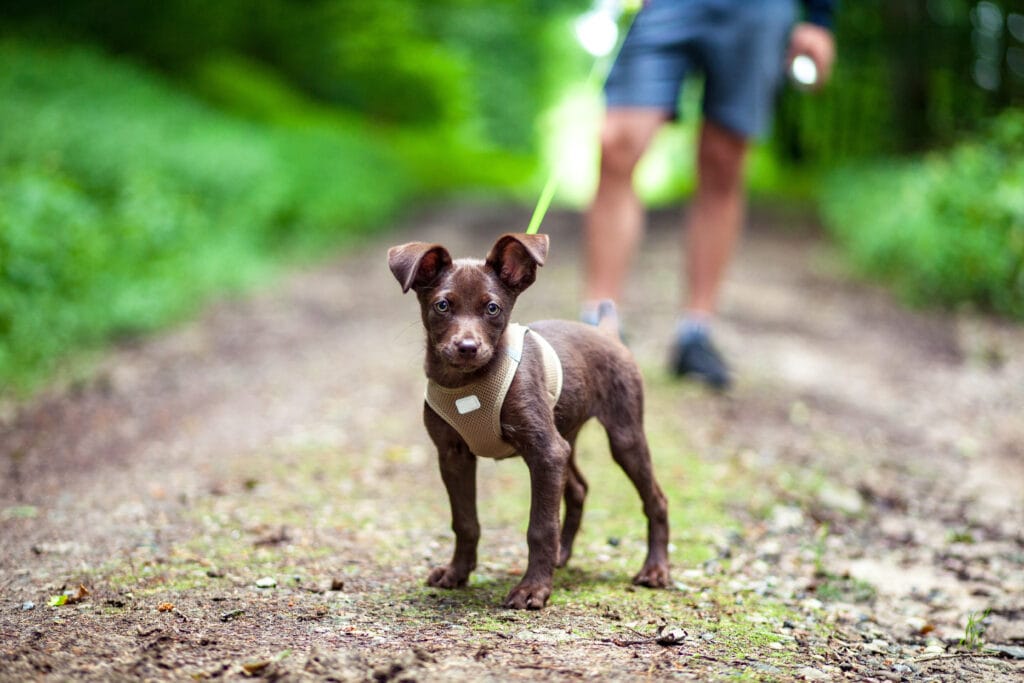
When Should I Start Training Recall To My Puppy?
Yesterday. If puppy is home? You can start the basics of recall training pretty easily! If they’re not allowed outside? Then in your home! The more you practice the quicker that recall will become magnificent and enviable by all the dogs in the park! You won’t ever be that person going “It’s ok! My dog is friendly!” as they race towards the local reactive dog and lining you and puppy up for a risky encounter.
How Do I Teach My Puppy To Come Without Treats?
Initially? You don’t. Eventually you can phase them out, but I would still treat them intermittently throughout their life, if I’m honest! You can of course use praise and real life rewards, or even toys! Toys are wonderful.
How Do I Teach My Puppy To Come When There Are Distractions?
This is about managing the 3D’s. That’s not easy. It will take time to make them run straight past all sorts of distractions, but it can be done! Keep practicing. Time, patience and consistency will bring you these results, and until then? Make sure you set up for success with a harness and long line, but we’ll get to that later!
My Dog Is Stubborn! How Do I Teach My Stubborn Dog Recall?
Stubbornness is one word, more motivated by what he or she is doing vs what you’re asking them to do is another. Work on their motivators! High Value Treats are a wonderful way to do this.
How Do I Teach Recall With A Clicker?
Where I say to use your marker word, click! This is the sound you’re associating with good behaviour and a reward.
How Do I Teach Recall With A Whistle?
Essentially, where I’m saying use a cue, use the whistle. Slowly, through the same association process, you show that the whistle is rewarding. This is sometimes referred to as ‘charging up the whistle’. This can be either a special dog whistle, or your own natural whistle! Just make sure to make your whistle unique so your dog knows it’s you calling.
How Do I Teach Recall With An Ecollar?
Teaching a puppy or dog with an ecollar is not really what you need to achieve reliability. This simply teaches your dog not to do a certain thing that they’re doing at the time (which may be sniffing, it may be playing, or whatever) it doesn’t teach them to listen to your cue. It’s also not a necessary tool in dog training.
Are There Dogs Who Cannot Learn Recall?
Can’t is a strong word. They can, but can they learn a trustworthy recall? Not necessarily. Let’s start with scenthounds like Coonhounds, Beagles, Foxhounds and harriers, then sighthounds like Greyhounds, whippets, and salukis. These breeds of dogs particularly can struggle with recall, and it may be a reality that they will not have a reliable recall outside of home. However, in your home and yard? You should definitely be able to manage a consistent recall!
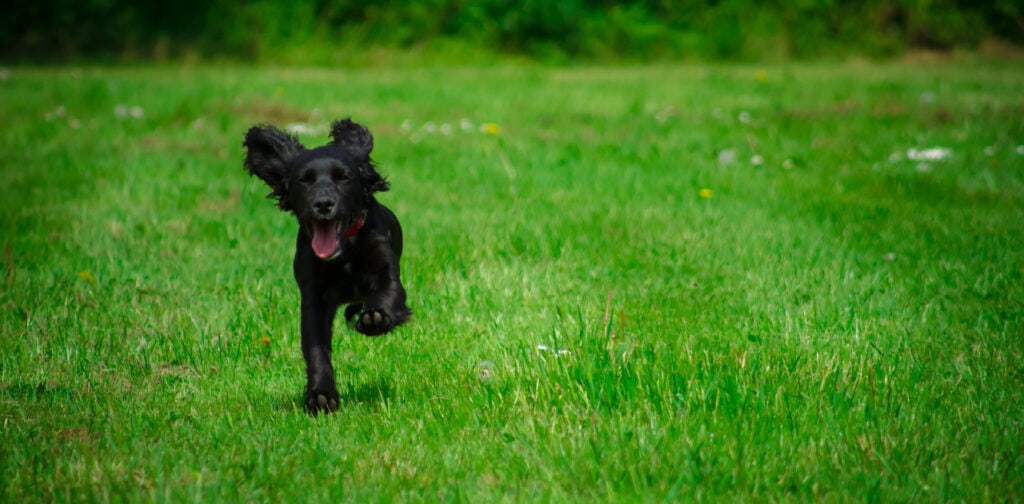
When is Recall Most Likely To Go Wrong?
There are two main phases where recall, general manners, and obedience go out of the window, and you really need to go in prepared and double down on your training efforts, and probably increase the reward value.
You’ll notice there is some overlap in these phases and that they’re quite long periods? That’s because these things vary depending on your puppy’s size and then a little more as it comes down to the individuals.
The Flight Phase: 4 Months to 8 Months
A part of puppy development is the flight phase, I like to call this the “Brave phase” this is when your puppy is starting to get to grips with themselves and they can be more prone to running off.
Teenage phase: 7 Months to 18 months
Normally this is at it’s peak during the start of this phase? But this is the part where puppy decides that they know better than you. And worse, they look like a full grown dog, so it can get quite embarrassing.
Golden Rules of Recall
1 – Come Armed With Rewards!
Rewarding appropriately is the only thing that is going to make you more valuable than whatever it is that your woof wants to do.
2 – Don’t Ever Punish your dog when they return.
If you begin that cycle – no matter what happened before or if they ran away and chased a field of deer (A la Fenton – video), pet, praise and reward them. Punishing them will only make them believe that coming back to you is a problem.
Equipment
A fundamental part of any outdoor training is how you set up the experience, whether you’re walking or you’re teaching recall!
Harness
Pick a solid harness, that is a Y shape with a back clip! This will ensure throughout this training that your pup is safe and secure and that we distribute any impact around your puppy’s body and not concentrate it into either their neck, or face with a collar or headcollar respectively. They’re my choice for 99% of dogs, from big to small.
My favourite for this? Is the Ruffwear Front Range. Check that out, it’s available on amazon!

Long Line
These will be your management tool for this exercise. If you can pick one with at least 15ft length, my preferred material is biothane – such as these wonderful quality ones from Trailblazing Tails. Remember to moderate material, width and strength depending on your individual dog – and if you’re unsure, err on the side of caution and go stronger than you need.
Regular length leash
You definitely need to keep one of these with you, because it’s not appropriate to walk them on a long line (you’ll appreciate it, even if it is bulky to carry more than one leash for one dog!)
Rewards (aka, treats and toys!)
This part is critical! Understand your dogs motivations as best you can (read our article on High Value Treats if you’re unsure what to use!) and bring an abundance. You’re better off having too much than not enough, because when they run out? Your training will either stop, or regress when you have nothing to reward great behaviour.
Begin Training!
Take each one of these a step at a time and advance within that step first by varying the 3D’s and increasing distraction, distance and duration before advancing to the next step. If you’re struggling? Then step down one of the 3D’s or go back a step entirely if you need to
Step 1 – Pick a Cue
To Me, Come, Here, or even Ukulele, if you so feel like it! But it’s going to have to be something you’re going to have to be comfortable saying in public. I will strongly suggest that this is not their name. In my experience, it’s more practical to make their name a request for attention, vs a recall cue which asks them to move from wherever they are to wherever you are! Why do I suggest that? Mainly because there could be an instance where their name being a recall could make them cross a road to get to you when you instinctively call their name… and that’s not safe is it?
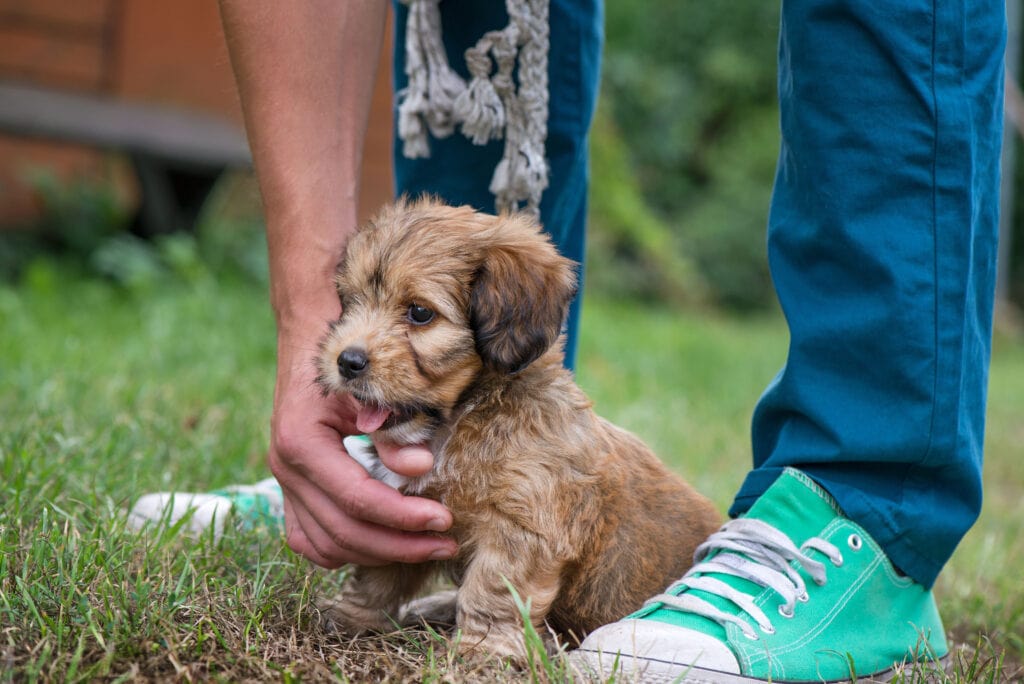
Step 2 – Practice at home
Start indoors, you can use the leash and harness if you need to in order to focus the training session, but don’t feel like that is necessary.
Start very close, start with your treats and call puppy to you, encourage them and be appealing, and use your cue.
When they come to you (regardless of efficiency) Praise, reward and give them fuss!
Keep going. Start honing these repeat successes. Because dogs learn best as they keep repeating that win.
When you’re getting consistent results, make it more difficult by moderating the 3D’s, i.e.
1- Increase the distance they recall over
2 – Decrease the duration of their response – excitement and sometimes throwing the treat a little behind you (to make them really race and keep up the speed) can help with this!
3 – Increase Distraction. I love this one. You can start getting them to recall past toys, whilst the TV is on, whilst a family member is present, or whilst a family member is singing and dancing and being REALLY distracting.
4 – You can even start decreasing the treat value if you’re feeling really brave!
At this stage? With solid successes across the 3D’s, you can easily move onto the next stage!
Tip! Encouragement Rocks.
Feel free to start celebrating as your puppy keeps heading towards you! “Yeah! Go on pup! Woo! That’s it! Keep coming!” These things can be a wonderful encouragement, and puppies thrive on that! That lure of praise and knowing that they’re doing great, is something they know will result in great things when they get there, and as you start asking for more distance, perhaps, would be wonderful to keep them on track.
Step 3 – Practice in the yard or driveway.
Reduce the 3D’s and make the recall activity as simple as possible. Remember, we’ve changed the environment which is instantly a more distracting environment. If you don’t have a fence, or the area is not secure, remember to use your long line and harness combination.
Begin practicing that recall “Puppy Come!” And puppy dutifully bounces over to you, “Yes! Good!” praise reward, and keep practicing.
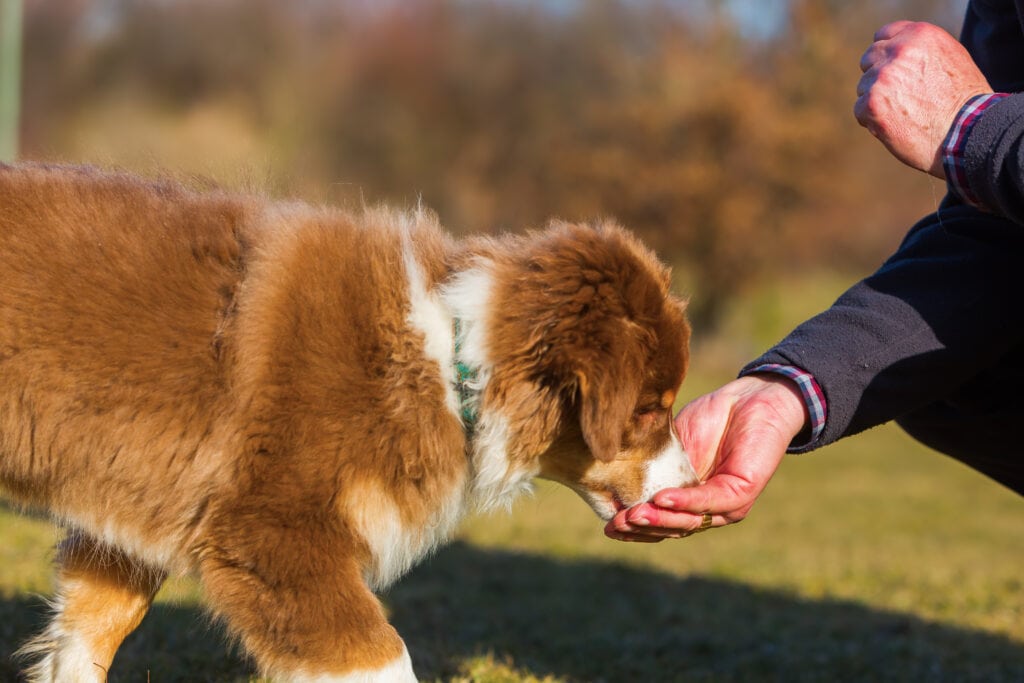
Again, vary your 3D’s, increasing distraction and distance, decreasing duration, and maybe lowering treat value.
As you see success? You can try going out into the wild.
Tip! Need an Interim?
If you feel like stepping up from your driveway or yard is not close enough to the park’s level of distraction, consider booking a secure field, sniffspot or similar in order to proof the behaviour further.
Step 4 – Try A Park!
Attempting to recall your puppy in a park. We start in the same way, small distances, encourage, praise reward. Build this cycle. Don’t push them on to the next stage before you’re seeing the repeat behaviour. If they offer the behaviour (i.e. they come back to you without you calling) – we call this ‘checking in’ and this should also be praised and rewarded!
Slowly, as before, build your 3D’s, and practice practice practice!
By now, you’re seeing success (and if you’re not, decrease something within the 3D’s – or head back to step 3 and push the 3D’s a little further in your yard.)
If you’re moving on, well done! Let’s keep it up!
Cycle Of Self Reward
This is really important when you get to a public area. Your puppy may well be really, very interested in going to see a person, or another dog, or a really stinky tree! But, this is not something you can allow them to visit whilst ignoring your cue to return.
The issue will become that as they reach their goal, this creates a reward (Self rewarding) for them. The satisfaction of achieving their goal is something that will inhibit your training. So tighten up before they get there and stop them from reaching it.
Use your cue again, and get puppy to return to you, and then you can go investigate (provided if it’s a dog or person you remember to ask permission first!).
Step 5 – Trailing Leash
This is the reason I love Biothane. Biothane is a wonderful, durable, strong material which can easily hold your dog, no matter how big, but it cleans up so very well. So a trailing leash, which means you let go.
That act is hard, it takes a lot of confidence. If you’re nervous? Make sure you’re well prepared with the best treats and toys, and if you’re not ready – that’s okay.
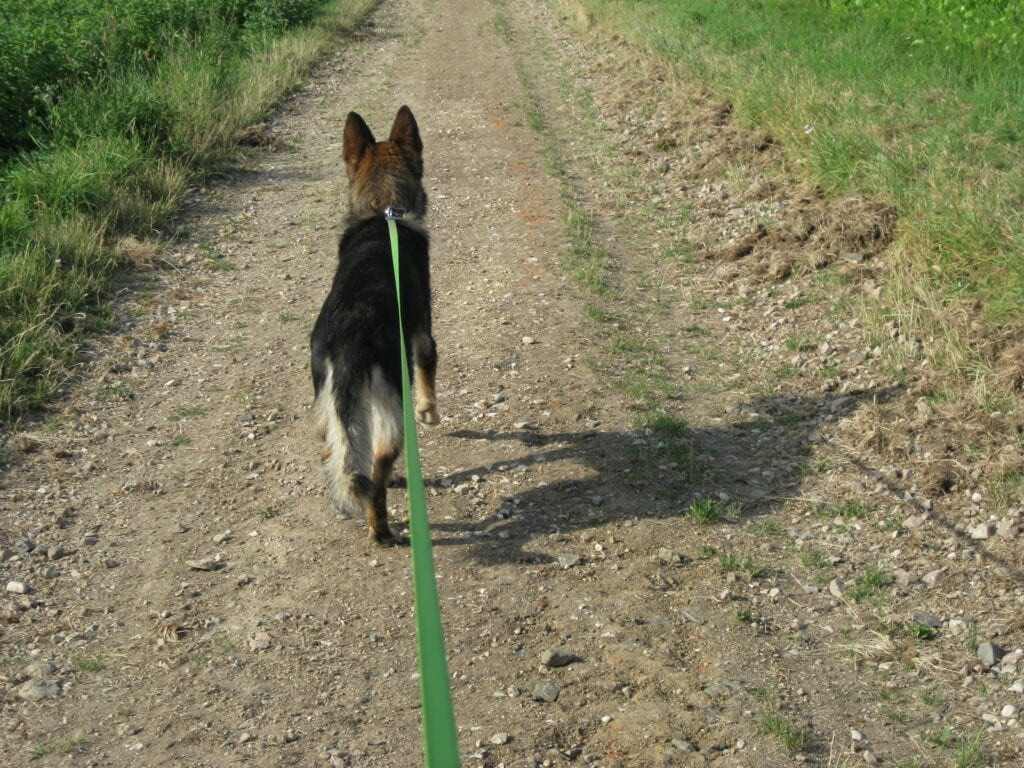
But when you are? A trailing leash allows you to have some control and not give it up entirely.
Now, if you’re finding that puppy begins to get drunk on their new found freedom and forgets to tune in his listening ears, then the safest way to handle this, by the way is to step on the leash. If you do that, pup will be stopped (risk removed because of that wonderful harness! Hooray!) and prevented from starting a cycle of self reward by racing off to the source of pup’s interest (and it’s really important that you do this!).
As you practice, you will really get into this, and you’ll see success after success.
Step 6 – Off Leash.
And we’re getting there… if you want to take this back to a secure field? Do and build up to the park. But it’s time to start letting them have their freedom. What a monumental day!
Personally, I’d practice a few times with the long line trailing (as above), before you finally unclip.
You know the drill!
Practice, practice, practice. Try that recall at every moment, every new scenario and enjoy it! Because you’re going to love being that dog parent whos pup has wonderful recall and shows up all the other dogs!
Tip! Clip the leash on and off frequently.
Regularly, when pup returns, make sure to clip their leash on for a minute, walk them, and then let them go again. This will help you avoid any future issues with clipping your woof back on leash at the end of a walk!
Love it! And with that? With consistent practice – because your job isn’t done when you’ve achieved that recall. You need to keep practicing it. You need to make sure that you’re working on it as regularly as possible.
Consistency and practice will keep that skill honed and perfected for when you really need it.
And with that, you’ve got your recall.
It’s not easy, but it’s so worth it. This will allow you to enjoy things like parks, hiking and so many wonderful off leash activities together that I know you’re going to love.

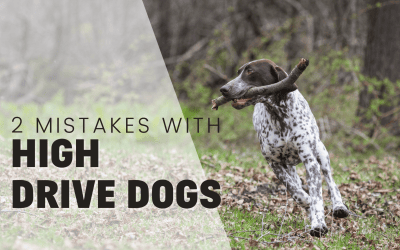
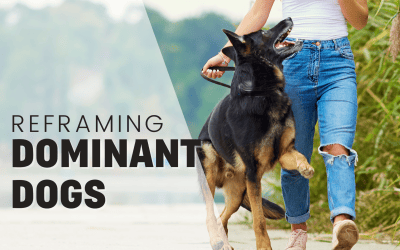
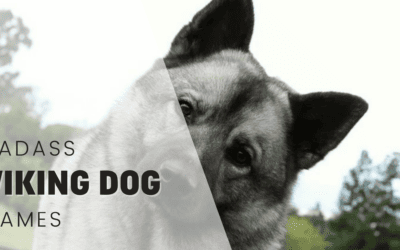

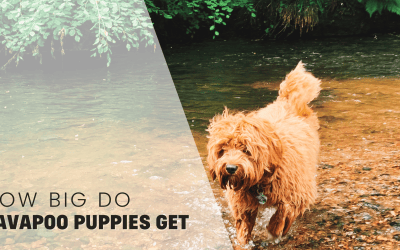
0 Comments